
The LEXUS DESIGN AWARD, in its 11th year, is open to new entries from July 27. Here, Toyota Times spotlights why Lexus runs a design award beyond mobility and the latest Grand Prix winner's product.

Milan Design Week, the world’s largest design event, was held in Italy in June 2022. The Lexus booth showcased prototypes from the six finalists in the LEXUS DESIGN AWARD 2022.
Lexus established this award in 2013 as an international design competition to recognize design proposals beyond mobility. Last year, it drew 1,726 entries from 57 countries and regions.
But why would Lexus run a design award outside the mobility field in the first place? This article sheds a spotlight on the background and the latest award-winning design proposal.
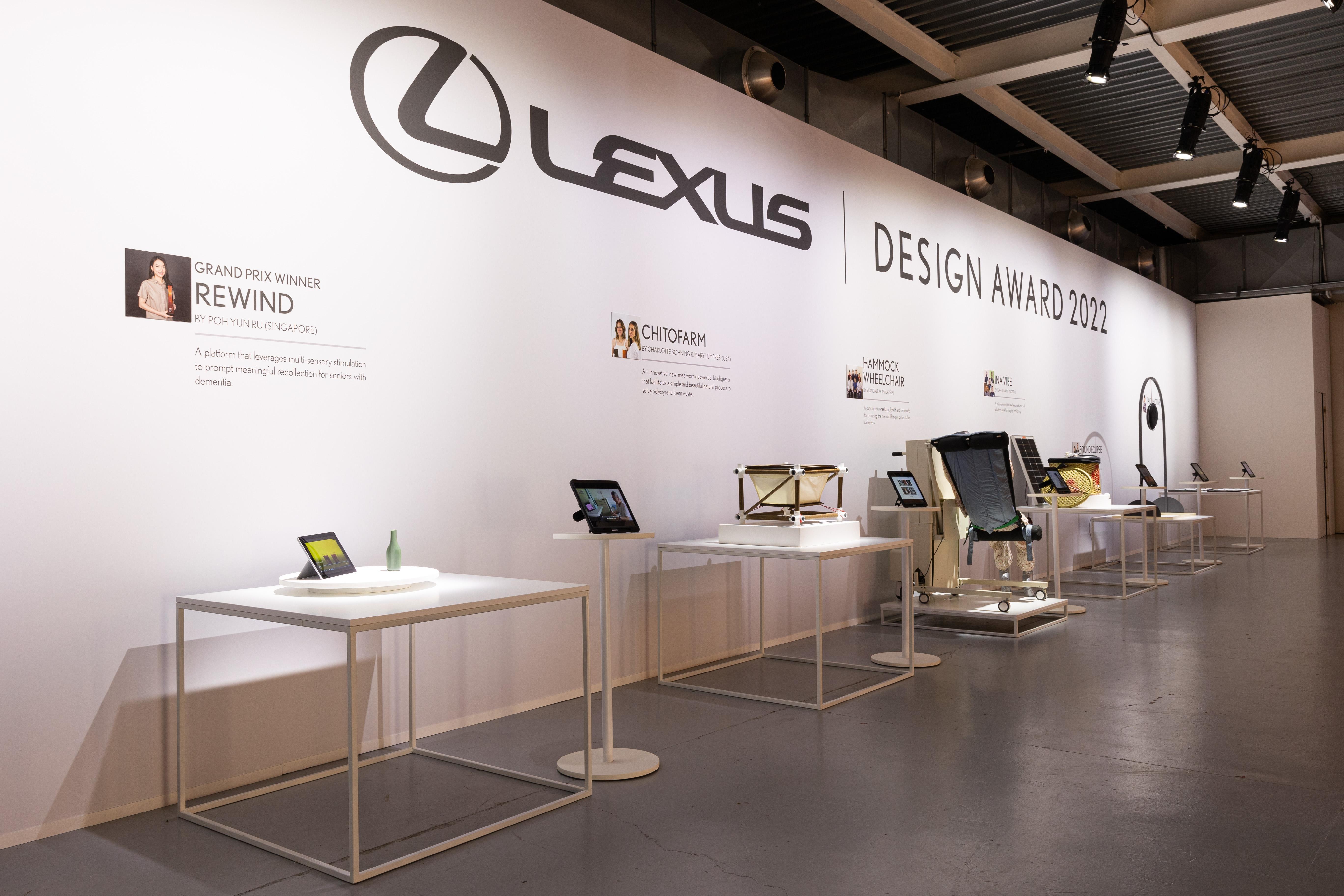
Designing happiness
Just as the evolution of the car vastly expanded people’s mobility, the smartphone has instantly transformed lifestyles worldwide. Advances in product design directly lead to people’s happier lives.
This philosophy is a fundamental part of the LEXUS DESIGN AWARD’s judging criteria; whether an idea can enhance the happiness of all. Through this award, Lexus aims to support designers creating products for a better tomorrow and encourage design ideas that lead to a brighter future for people and society.
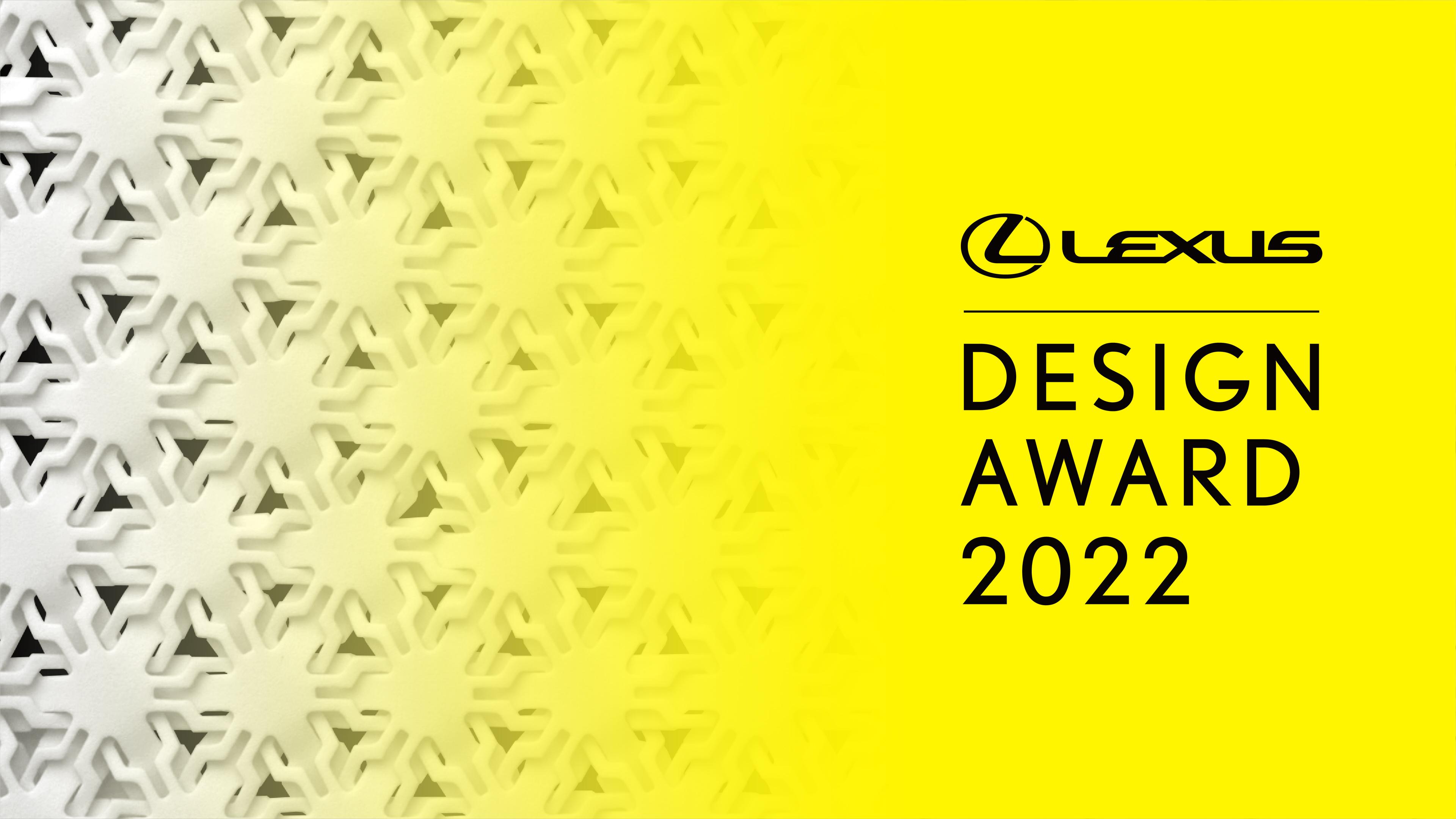
The award plays a role in empowering and encouraging the next generation of creators that benefit society by serving as a global platform for exposure, discovery, and launch of impressive careers. With Toyota’s mission being to produce happiness for all, Lexus is committed to supporting designers who strive to create better lives and bring happiness to others. This commitment can be seen in the unique process leading up to the LEXUS DESIGN AWARD’s Grand Prix selection.
Three-month mentorship with world-class creators
Besides the judging criteria of enhancing people’s happiness, designs need to embody the Lexus brand’s three fundamental principles: Anticipate, Innovate, and Captivate.
Based on these perspectives, six finalists are selected from nearly 2,000 entries from around the world.
These finalists receive an opportunity to work directly with four world-renowned creators to refine their ideas for three months. They also receive up to three million yen in financial support for creating their prototypes.
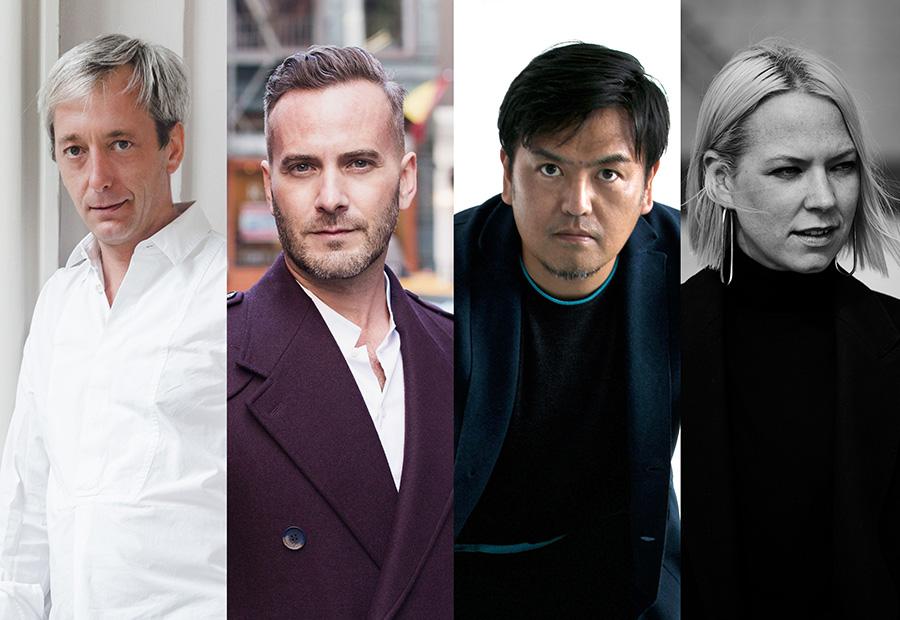
The finalists then present their prototypes to four judges, who ultimately decide the Grand Prix winner. The designs are shared with the world via global media outlets.
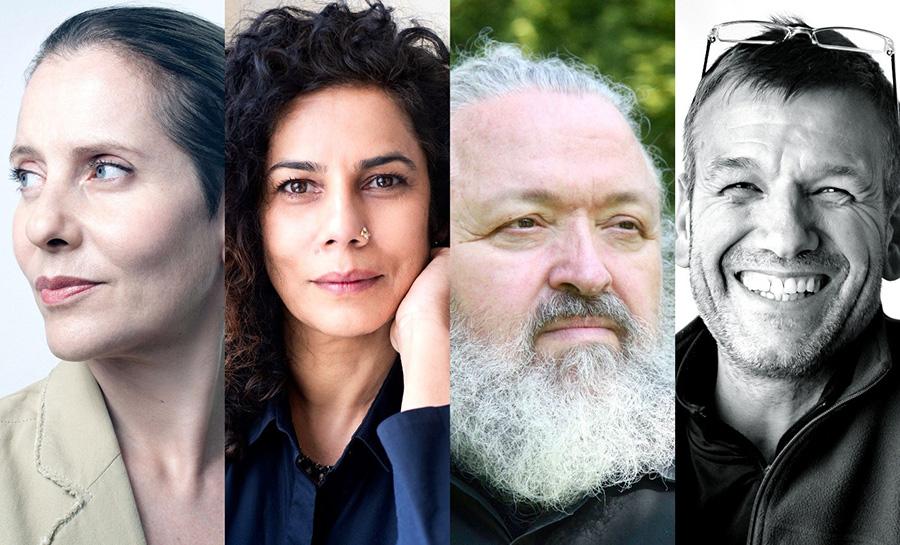
Direct mentorship from world-class creators is a key feature of the LEXUS DESIGN AWARD. These mentors bring out the potential of the finalists’ ideas, guiding them toward a finished prototype.
As one past winner commented, “the mentors help you see new things in the design that you don’t realize yourself, and to me, that is the true appeal of this award.”
Some of the applicants even consider the costs of turning their prototype into a marketable product. Such efforts indicate a passion for moving beyond mere ideas and truly contributing to a better society through the power of design.
In other words, the LEXUS DESIGN AWARD is unique in its practical focus on future happiness and an unwavering commitment to contributing to society, rather than recognizing past achievements.
Reviving grandmother’s memory through design
The latest Grand Prix winner, announced in May, is Singaporean designer Poh Yun Ru, who proposed a product that tackles the issue of dementia.
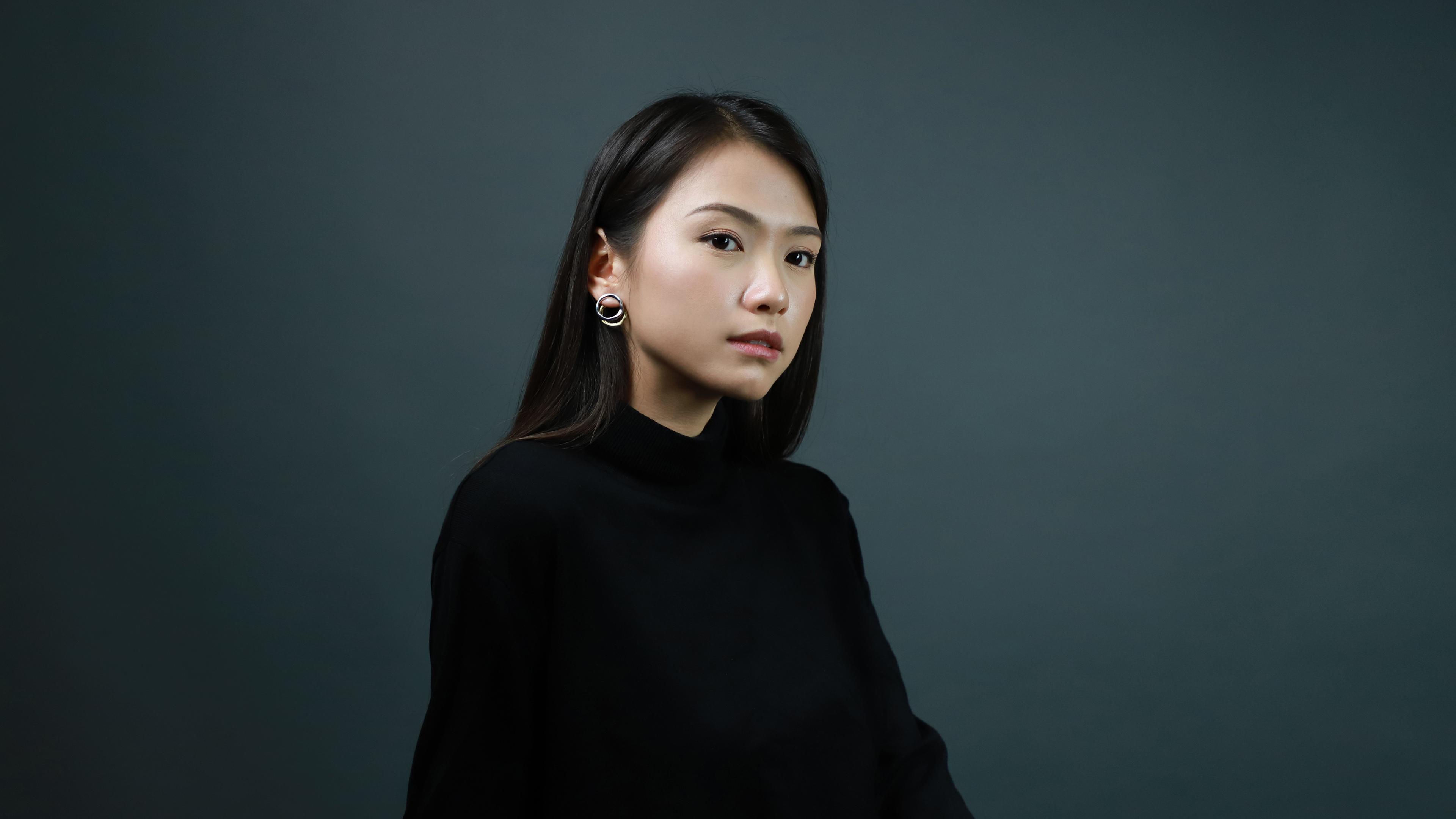
Dementia is a serious social issue in many countries. More than 55 million people around the world are currently living with the condition, and nearly 10 million new cases are diagnosed each year.
The Grand Prix-winning entry, Rewind, is a rehabilitation support tool designed to evoke memories by prompting seniors with dementia to re-enact familiar gestures.
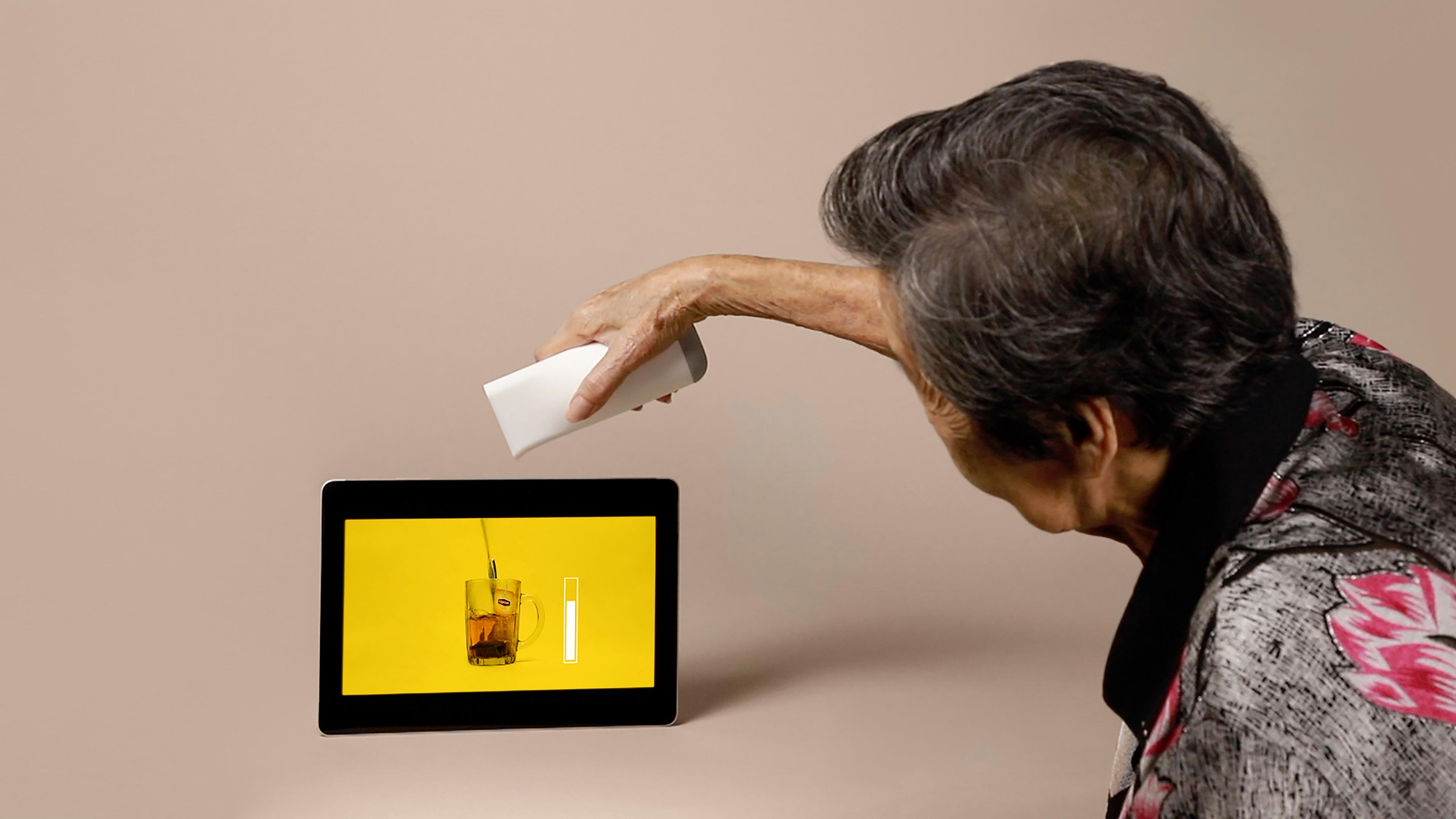
The actions they perform with a handheld device are reflected as audio-visual feedback on a paired device, which helps trigger memories of everyday life.
Yun Ru explained that this product’s idea was born out of the desire to help her grandmother.
Poh Yun Ru
I was raised in a very close relationship with my grandmother.
After she developed dementia, I wondered how we could continue communicating. That's how Rewind was born. By rewinding a person’s memory, this design supports communication that strengthens the emotional connection between the elderly with dementia and their family and caregivers.
To develop Rewind, I tested prototypes with seniors with dementia, including my grandmother.
My mentors were inspiring and educational. I learned that a design’s attractiveness and functionality were not everything. It was also very important to communicate my proposal in the way that would be most effective for the audience I would be presenting to.
As Rewind strengthens the emotional connection between people that I feel is so important, I believe it is certainly a design for a better tomorrow.
Yun Ru’s idea for a rehabilitation support tool was outstanding from the beginning.
But she did not stop there. The sessions with mentors allowed her to go further by refining the design with a focus on ways to make it more familiar and accessible. This process developed her brilliant idea into a practical product.
Following the selection, the four judges and six finalists had an opportunity to speak individually one-on-one. The finalists received feedback on their entries and could also discuss their visions and future careers as young designers and creators, making the time invaluable for the budding designers.
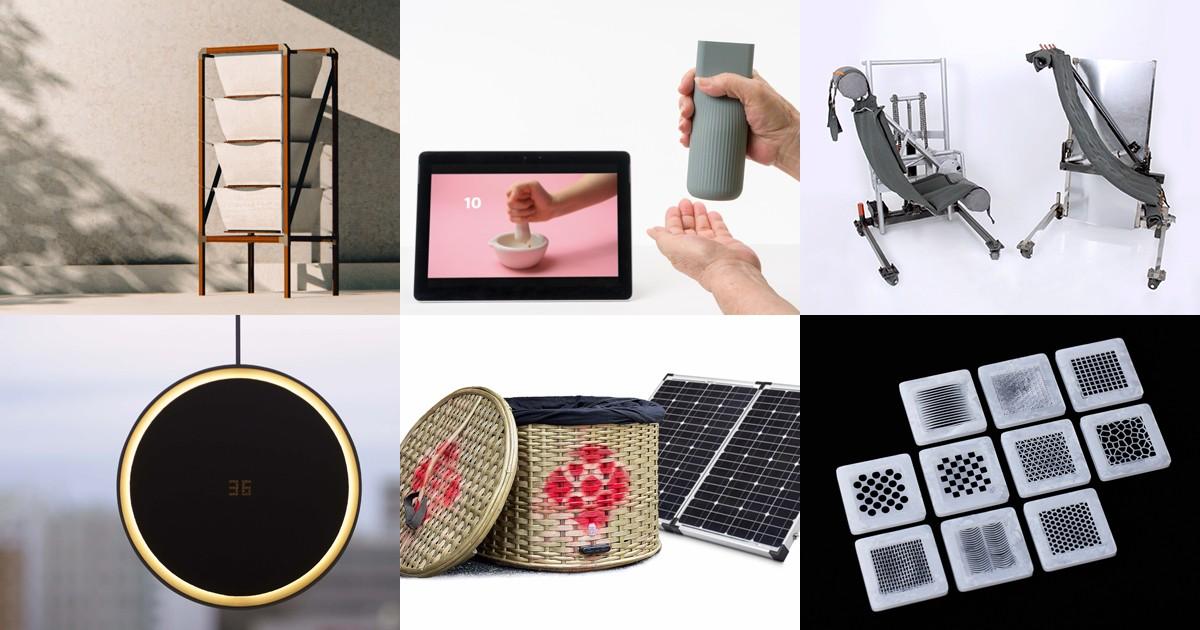
Designers’ roles are expanding
Looking back on the judging process, judge Paola Antonelli said, “The finalists all have one thing in common: care. Care for the environment, care for the elderly and differently-abled, care for the needs of families and communities, and more.”
To make a brighter tomorrow, no one should be left behind. With this in mind, each entry was keenly focused on addressing specific needs.
Fellow judge Simon Humphries (Head of Toyota & Lexus Global Design) spoke about the future possibilities of design.
Simon Humphries
Amid unprecedented environmental changes, the role of designers is becoming more important than ever. People seek solutions to improve their lifestyles, and overcoming these challenges requires creativity in many areas.
Design has the power to make people happy. This happiness spreads through people, societies, and the world in many different forms. Our role as designers is to come up with new ideas and offer solutions to problems.
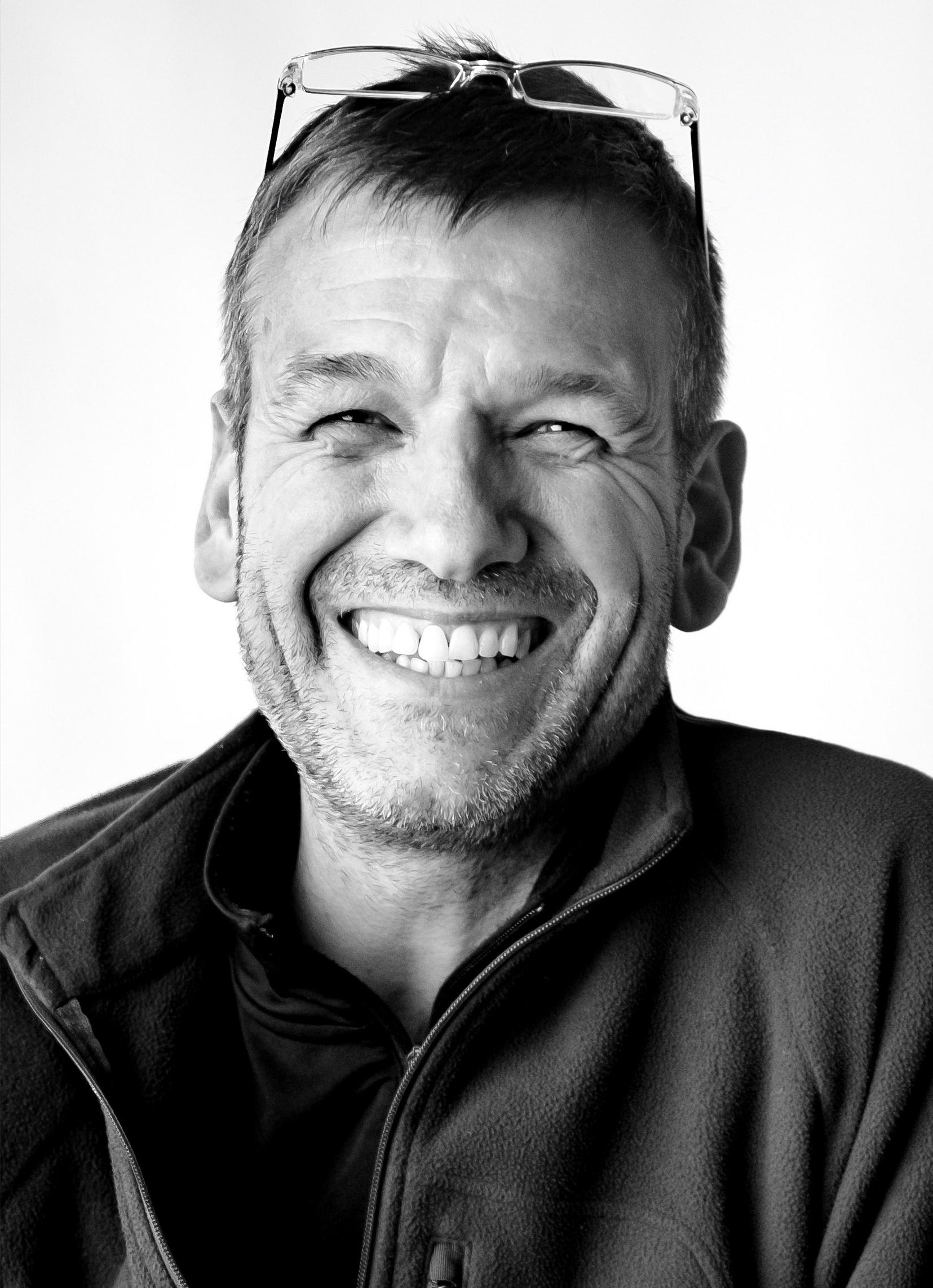
He also spoke of grandparents as an example.
Simon Humphries
During the pandemic, for instance, we had situations where grandparents living in lockdown could meet their newborn grandchildren only through plastic or glass barriers.
Seeing this made me wish for a way to reproduce the feeling of touching cheek-to-cheek, even if you cannot meet in person. Creating new ideas that satisfy these human desires is where designers come in.
Designing things is about considering the happiness of others—the LEXUS DESIGN AWARD supports designers who have this vision and unique ideas. In turn, their successes inspire younger generations to engage in design, highlighting the award’s role in expanding a way for future happiness.
This award holds a significant meaning in that it supports those dedicated to improving the lifestyles of tomorrow in whatever small way.
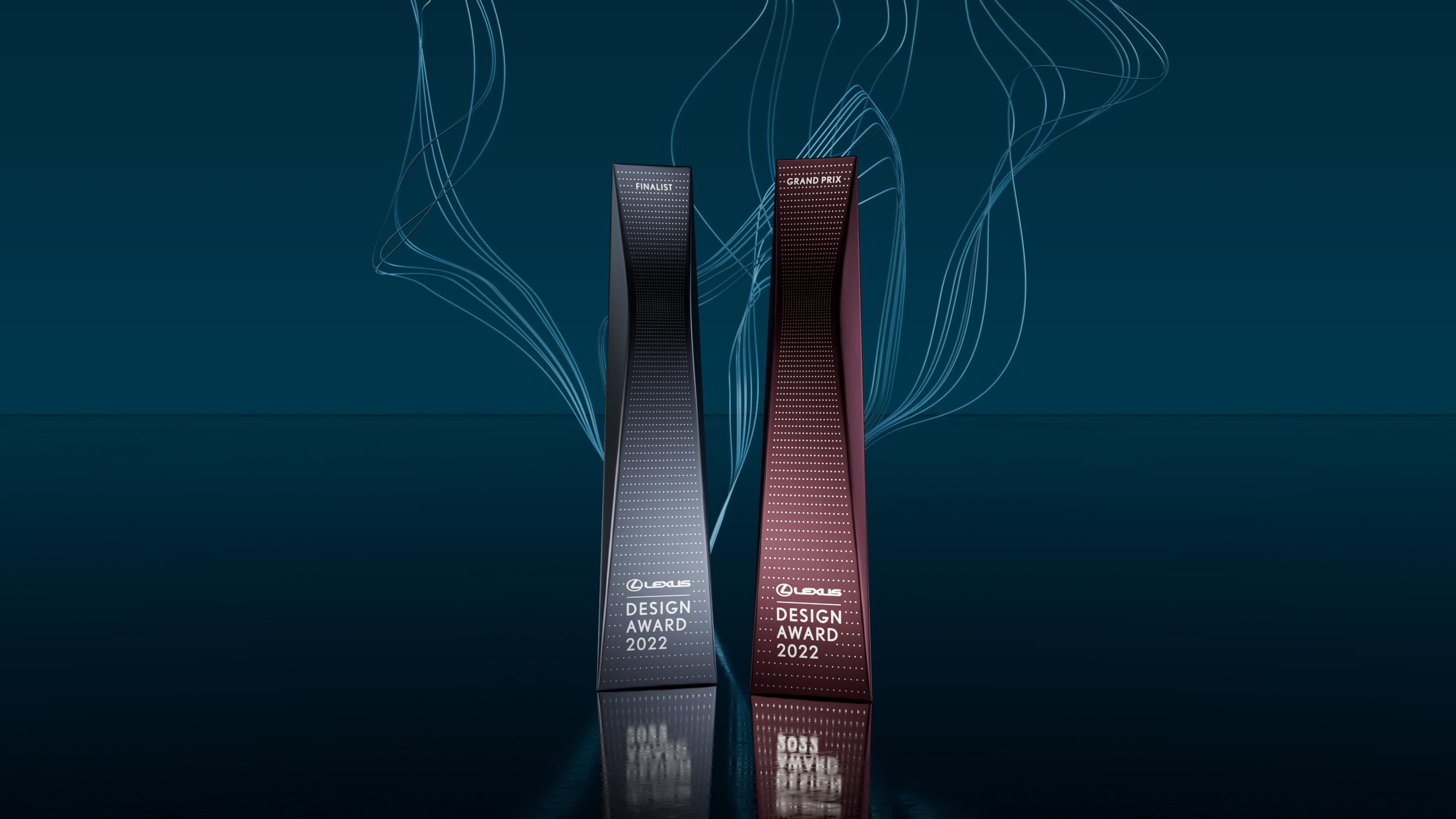
The LEXUS DESIGN AWARD 2023 is now open to new entries, from July 27 to October 16. Toyota and Lexus will continue to support people who act with a desire to create happiness for others.
Note: The award selection process described in the article is that of LEXUS DESIGN AWARD 2022.

